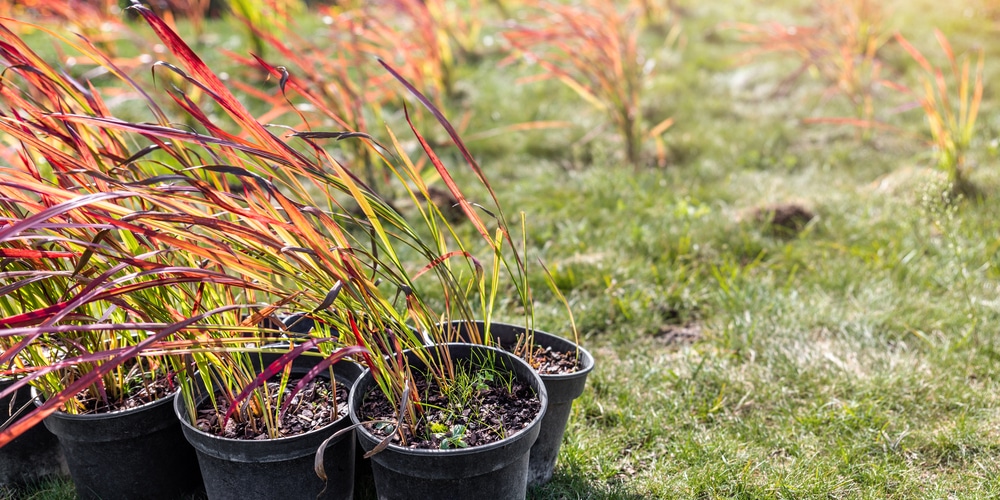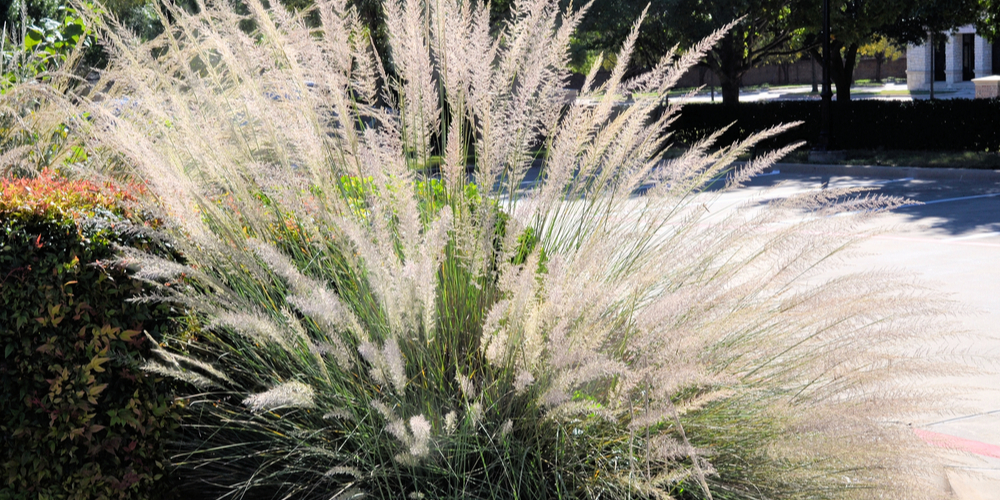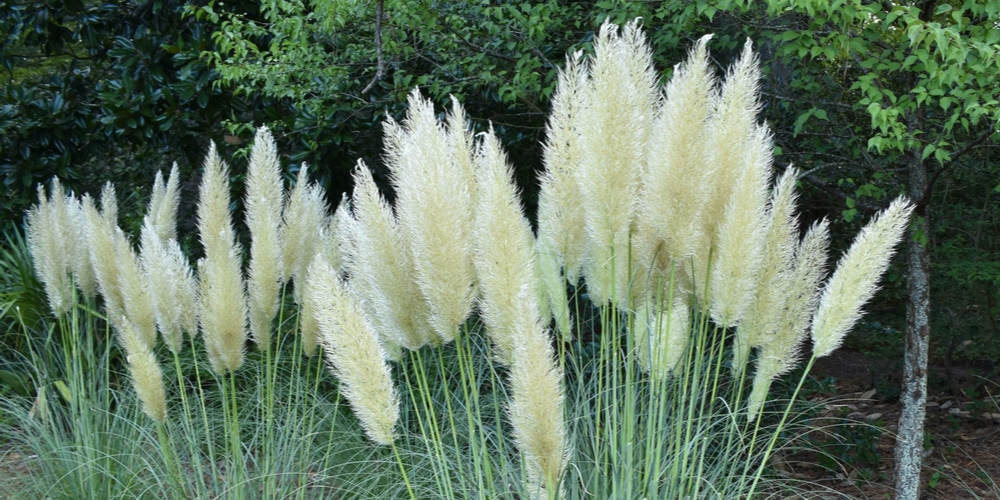One of the best things about having ornamental grasses in your garden is that they are relatively easy to take care of. Adding them to your garden can provide a bit of extra color and life without requiring too much effort on your part. You may be wondering, how to transplant ornamental grass.
They come in varying types, colors, size ranges, and textures, so you can find the perfect one to fit your garden’s aesthetic.
That being said, there may come a time when you need to transplant your ornamental grass. Perhaps you are moving to a new house, or the sun has shifted, and you simply wanted to rearrange your garden.
Whatever the reason, transplanting ornamental grass is not as difficult as it may seem.
Steps on How to Transplant Ornamental Grass
No matter the variety of ornamental grass, the steps for transplanting are relatively similar. Here’s the general idea of how you’d like to do it:
Water the Grass Thoroughly
One of the most important steps in successfully transplanting literally any plant is to water it thoroughly beforehand. Moisture is key in helping the plant’s roots take to the new soil.
For grasses, you’ll want to water them at least a day or two before you plan on transplanting them. This will give the roots time to absorb as much water as possible.
Additionally, this helps reduce the stress on your grass, making it more likely to survive the transition. When watering ornamental grass, be sure to give it a deep soaking to encourage strong roots.
Mark Out Where You Want the Grass To Go
Use string or garden markers to outline the space where you want to transplant the grass. This will help to prevent accidentally digging up too much of the surrounding area.
Planning beforehand makes the transition on your end, allowing you to carefully plan when you want to layout the new section of your garden.
Prepare the Soil
Choose a location that has well-draining soil and full sun. Ornamental grasses are not too particular about the type of soil they are planted in, as long as it is well-draining. Moreover, they prefer full sun but can tolerate some shade.
Create a Moisture-Rich Soil Mixture
To give your grass a head start in its new home, mix together equal parts of peat moss, compost, and topsoil. This moisture-rich mixture will help encourage healthy growth. You can also add a handful of bone meal or slow-release fertilizer to the mix for an extra boost.
Water the Grass
On transplanting day, water the grass thoroughly before gently removing it from its pot or current location. As mentioned before, moisture is vital in helping the plant’s roots take to the new soil.
Dig Up the Grass
Using a spade or shovel, carefully dig around the perimeter of your grass. You’ll want to loosen up the roots as much as possible to make transplanting easier.
Be careful not to damage the delicate root system. Once the roots are loosened, carefully remove the plant from its pot. If you’ve noticed that the roots are pot-bound (i.e., they’ve started to circle the inside of the pot), you may use a knife to cut along the sides using a vertical motion to loosen them.
Do this repeatedly around the entire root system until you can lift the plant out with minimal damage.
Replant the Grass
Transport the grass to its new location and plant it at the same depth as it was growing before. Doing this will help reduce transplant shock.
Fill the hole with your moisture-rich soil mixture and water it well. Be sure to keep the grass moist for the first few weeks as it adjusts to its new home.
Mulch Around the Base
Mulching is completely optional after the transplant, but this ensures that the roots will stay moist. You can use any type of mulch, from straw to wood chips.
Just be sure that the mulch is several inches away from the base of the plant to prevent rot.
Give It Time
After transplanting, it’s important to give your grass time to adjust to its new home. Do not fertilize for the first few weeks, and be sure to water regularly.
When is the Best Time to Transplant Ornamental Grass?
Early spring is typically the best time to transplant most plants, and ornamental grasses are no exception. The soil is soft and moist, making it easy to dig up and replant.
Furthermore, the cooler temperatures reduce stress on the plant, giving it a better chance of surviving the transplant.
How to transplant ornamental grass: Final Thoughts
There’s something about ornamental grass that adds elegance to any garden with minimal effort.
Maybe it’s the way they seem to effortlessly wave in the breeze or the way they can go weeks without being watered. Whatever the reason, ornamental grasses have a reputation for being easy-care plants.
While they are indeed low-maintenance, don’t forget to follow the tips in this guide when transplanting. By taking a little extra care, you can ensure that your grass has a successful transition to its new home.
Related Article: Tall Ornamental Grasses For Privacy


